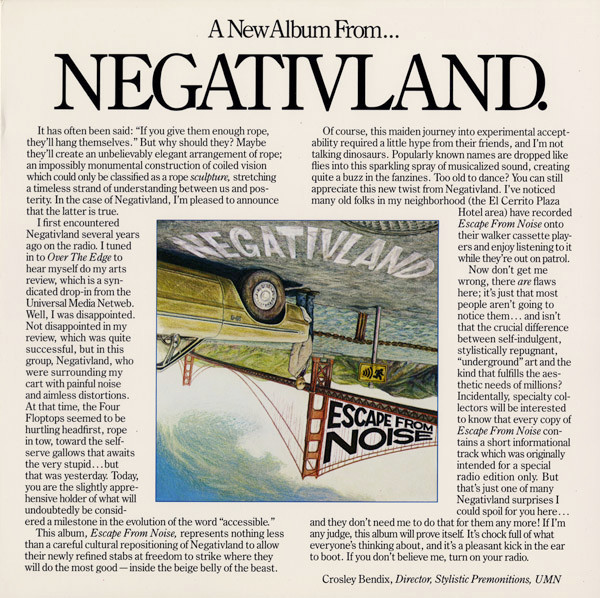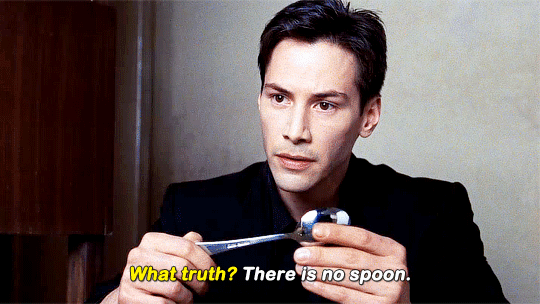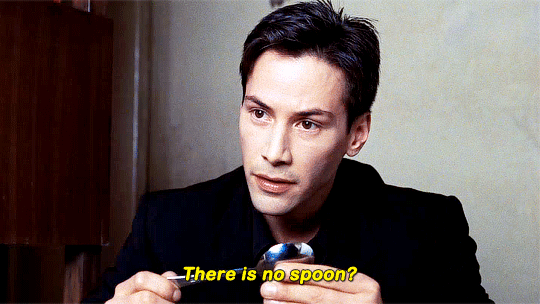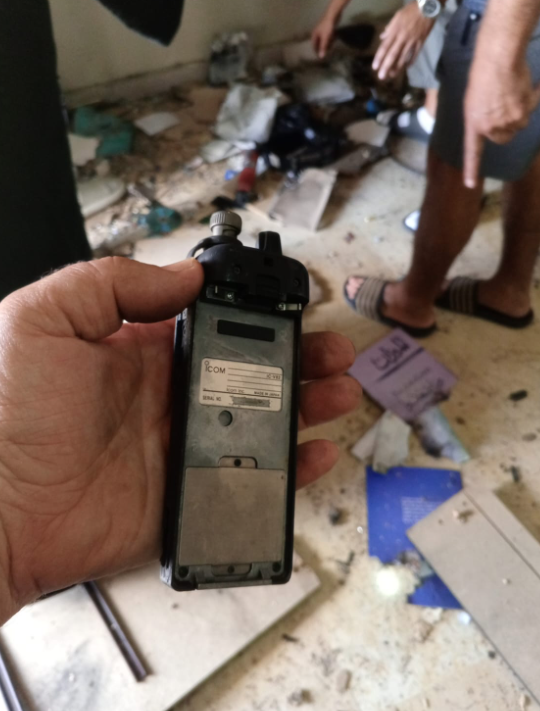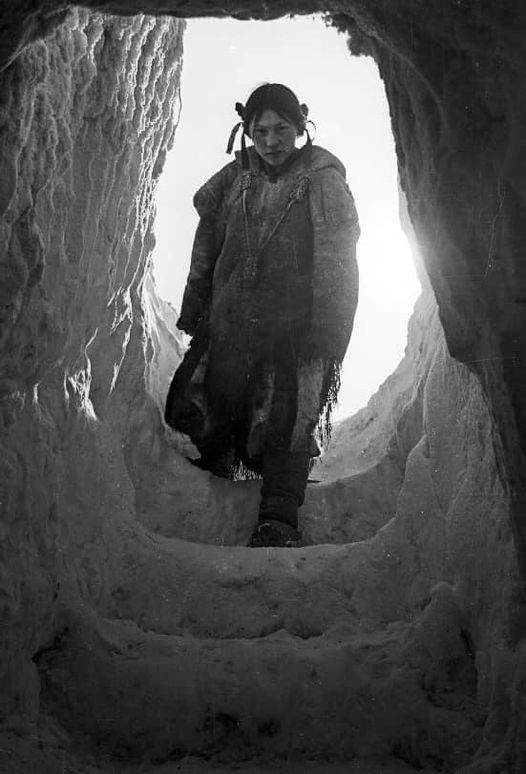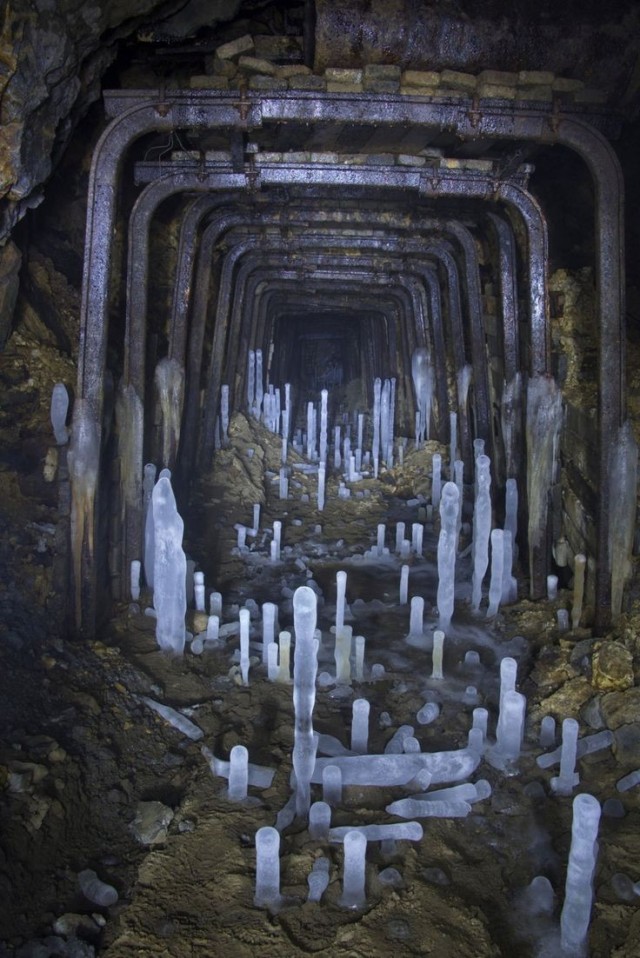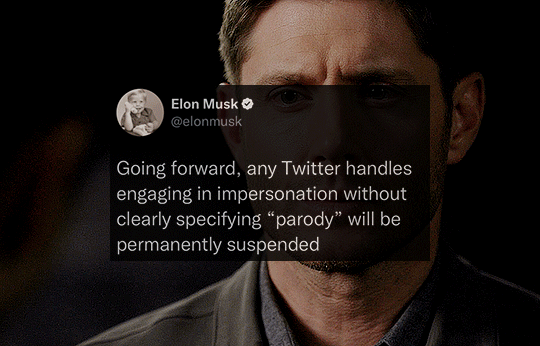Corporations Plunder US West’s Water Amid Worst Drought in 1,200 Years
Corporations Plunder US West’s Water Amid Worst Drought in 1,200 Years
Excerpt from this story from Truthout:
Rural La Paz County, Arizona, positioned on the Colorado River across from California, is at the center of a growing fight over water in the American Southwest. At the heart of the battle is a question: Should water be treated as a human right, to be allocated by governments with the priority of sustaining life? Or is it a commodity to be bought, sold and invested in for the greatest profits?
As the West suffers its worst megadrought in 1,200 years, investors have increasingly eyed water as a valuable asset and a resource to be exploited. For years, investment firms have bought up farmland throughout the Southwest, drilling to new depths for their water-hungry crops and causing nearby wells to run dry. Now, new players have entered the scene: “Water management companies” are purchasing up thousands of acres of farmland, with the intention of selling the water rights at a profit to cities and suburbs elsewhere in the state. Some argue that treating water as a commodity can efficiently get it where it is needed most. But others fear that water markets open the door to profiteering and hoarding, leaving poorer communities in the dust.
In 2013 and 2014, GSC Farm, a subsidiary of a water management company called Greenstone Resource Partners, which is backed by MassMutual, bought nearly 500 acres of farmland in Cibola, a tiny town in Arizona’s La Paz County, for just under $10 million. The farmland comes with the rights to more than 2,000 acre-feet of Colorado River water a year. (An acre-foot is the amount of water it takes to cover one acre with one foot of water.) Then in 2018, Greenstone sold the water rights, in perpetuity, to Queen Creek, a rapidly growing suburb of Phoenix nearly 200 miles away, for $24 million.
The transfer marked the first time a water management company sold Colorado River water rights. La Paz and two other counties sued to block the transfer, arguing that the Bureau of Reclamation, the federal agency that oversees water resource management, had conducted an insufficient environmental review before signing off. The counties’ request for a preliminary injunction was denied in April 2023 by a federal judge, and three months later the water began flowing down the Central Arizona Project, a 336-mile canal. Then, the judge seemingly backtracked in February 2024, ordering a more thorough environmental review.
“In the meantime, they’re still allowing for the water to flow, which we argued should have been stopped completely until the complete environmental studies have been done,” Holly Irwin, a La Paz County supervisor, told Truthout. “It’s really frustrating, not only for myself, but for the other leaders and elected officials in what we refer to as the river communities.”
The ultimate results of the lawsuit could affect how easily water management companies are able to transfer river water rights for profit in the future.
“I’ve had people already contacting me, asking, ‘Hey, look, I’m looking to buy this piece of property. It’s got water rights. Can it be transferred off the Colorado River?’” said Irwin. “Which is what we knew was going to happen. They just opened up Pandora’s box.”
Companies like Greenstone are betting that the price of water will increase. Western states generally allocate water through a “prior appropriation” policy of “first in time, first in right.” In times of shortage, those with the most senior water claims — often farmers and ranchers whose ancestors claimed Native land — are allotted their full share of water first. Now, companies like Greenstone are lining up to buy those increasingly valuable water rights.
The Colorado River provides drinking water to 40 million people across seven U.S. states, two Mexican states, and multiple tribal lands. Since 1922, its water has been allocated among the states through a framework created by the Colorado River Compact. But river volume has decreased 20 percent since the beginning of the century, leading to tense renegotiations, with the three “lower basin” states — California, Arizona and Nevada — agreeing to reduce their water shares.
Compared to Colorado River water, groundwater tends to be less regulated. Major investment banks have spent hundreds of millions buying up farms with claims to the groundwater beneath them — part of a larger movement by investors into physical assets like lumber, buildings and infrastructure.
Once pumped, groundwater aquifers in warm, dry places can take thousands of years to replenish. In an effort to conserve water basins, Arizona passed the 1980 Groundwater Management Act, heavily restricting groundwater pumping in several urban “active-management areas” (AMAs), including the Phoenix and Tucson areas. It also mandated that developers obtain a state Certificate of Assured Water Supply, demonstrating their new projects have enough water for 100 years. The law is credited as a success for protecting water levels in urban areas. But its lack of restrictions on groundwater removal from rural basins has become a concern as the state population swells and rural wells run dry.



